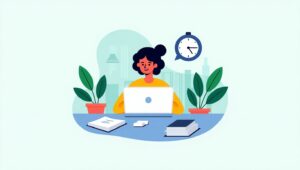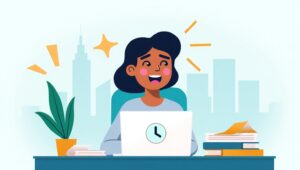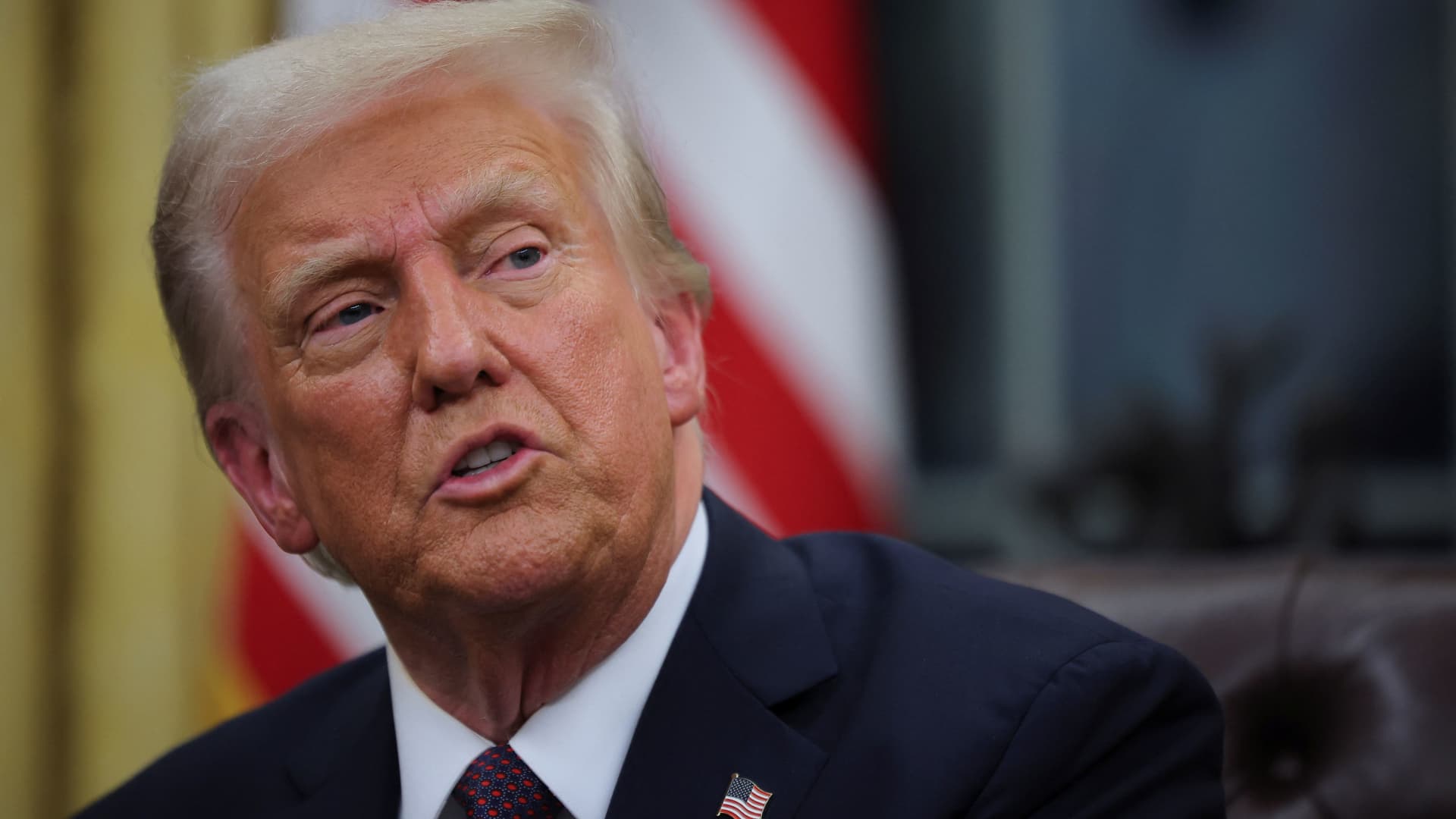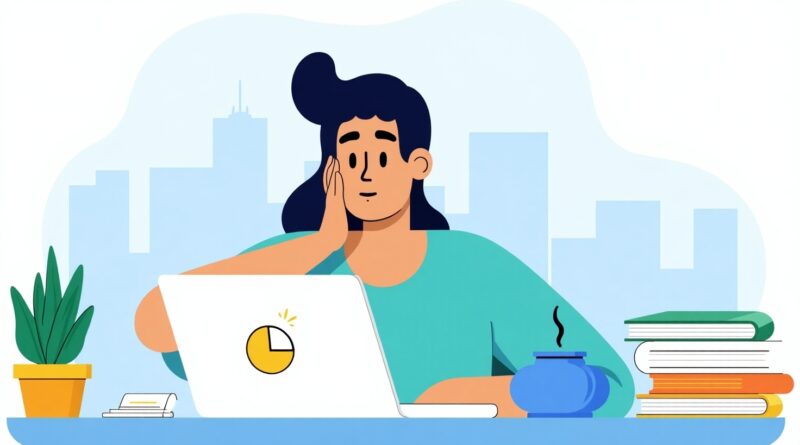Student Loan Repayment Pause Explained: What Borrowers Need to Know in 2025
Introduction to Student Loan Repayment Pause
What is a Student Loan Repayment Pause?
The student loan repayment pause refers to a temporary halt on federal student loan payments, interest accrual, and collections on defaulted loans. This pause was introduced as a response to the COVID-19 pandemic, aimed at offering financial relief to millions of borrowers across the United States.

Why Was the Pause Introduced?
Let’s be real—2020 flipped everything upside down. With businesses shutting down, people losing jobs, and the economy wobbling, the government knew borrowers needed breathing room. Enter the repayment pause—a lifeline tossed to students and graduates alike.
A Quick Timeline of the Pause
-
March 2020: CARES Act suspends federal student loan payments and interest.
-
2020–2022: Multiple extensions under both Trump and Biden administrations.
-
2023: Supreme Court strikes down Biden’s student loan forgiveness plan.
-
October 2023: Repayments officially resume.
Government Policy on Repayment Pause
CARES Act and Initial Suspension
The Coronavirus Aid, Relief, and Economic Security (CARES) Act passed in March 2020 froze loan payments and interest. No tricks, no fine print—it was automatic and applied to all federal student loans.
Extensions and Biden Administration’s Decisions
Biden didn’t just let the pause expire. His administration extended it multiple times, giving borrowers a bit more cushion as inflation and job instability lingered post-COVID.
Supreme Court Involvement
Things took a dramatic turn in 2023 when the Supreme Court blocked Biden’s plan to forgive $10,000 to $20,000 in federal student loan debt per borrower. While disappointing to many, it marked the end of the pause era.
Financial Impact of the Repayment Pause
Relief for Borrowers
No payments = less monthly financial pressure. Many borrowers could redirect funds toward rent, groceries, or even emergency savings.
Interest Accrual Suspension
Here’s the golden nugget: no interest was added during the pause. That meant your balance didn’t grow just for sitting idle. That’s a rare win in the world of loans!
Effect on Credit Scores
Since payments were paused, delinquencies dropped, and many borrowers saw their credit scores stabilize—or even improve—during this period.

Resumption of Payments
When Did Payments Resume?
Federal student loan payments resumed in October 2023. Interest started accruing a month prior, in September.
What Borrowers Need to Know
If you didn’t get a letter or email, don’t assume you’re off the hook. Log into StudentAid.gov or your loan servicer’s portal to confirm your balance, due dates, and options.
Communication from Loan Servicers
Loan servicers were tasked with reaching out to all borrowers, though some emails may have landed in your spam folder (classic). It’s your job to double-check.
Preparing for Repayment
Update Your Financial Information
Ensure your contact details are up to date. You don’t want to miss a due date and risk defaulting because your notice got mailed to your old college address.
Choose the Right Repayment Plan
From Standard to Income-Driven Repayment (IDR) plans, you have options. The SAVE Plan is a new IDR plan that caps payments at 5%–10% of discretionary income.
Budgeting and Saving Tips
Build a loan repayment strategy into your monthly budget. Cut out unnecessary subscriptions, track your expenses, and set up auto-debit for peace of mind.
Loan Forgiveness and Income-Driven Repayment (IDR) Plans
Public Service Loan Forgiveness (PSLF)
Working for the government or a nonprofit? PSLF could wipe out your loans after 10 years of qualifying payments. The pause counted toward this!
SAVE Plan and IDR Adjustments
The Saving on a Valuable Education (SAVE) Plan is designed to be more generous than older IDR plans. Some borrowers may even pay $0/month depending on their income.
Temporary Waivers and Benefits
The IDR Account Adjustment gives credit for past forbearance and certain deferments—an unexpected boost for many.

Long-Term Effects of the Pause
Impact on National Debt
Critics argue that the pause added billions to the national deficit. It’s a hot topic on Capitol Hill and in economic think tanks.
Future Student Borrowers
The pause set a precedent. Future students may demand similar support during economic downturns or national emergencies.
Policy Debates and Political Ramifications
Student debt has morphed into a central political issue. With elections approaching, expect politicians to battle over forgiveness and reform.
Alternatives for Struggling Borrowers
Deferment vs Forbearance
Not ready to resume payments? Deferment and forbearance are options—but be cautious. Interest may still accrue during these periods.
Refinancing Options
Refinancing with a private lender might lower your rate—but you’ll lose access to federal benefits. Weigh this carefully.
Financial Counseling and Assistance Programs
Reach out to nonprofit credit counselors or use free tools on StudentAid.gov. You’re not alone in this maze.
Myths and Misunderstandings
“Paused Loans Are Forgiven”
Nope. The pause wasn’t forgiveness. Unless you qualify for PSLF or an IDR plan, you still owe your full balance.
“You Don’t Need to Contact Your Servicer”
Wrong again. Always verify your repayment terms. Don’t assume your servicer will handle everything.
“Interest Has Been Compounding”
False. During the pause, interest was completely frozen on eligible federal loans.
Conclusion
The student loan repayment pause was a much-needed breath of fresh air for millions. But now that the clock’s ticking again, it’s time to face reality. Whether you’re gearing up to resume payments or exploring forgiveness programs, the key is staying informed and proactive. Remember, this isn’t just about debt—it’s about securing your financial future, one smart step at a time.
FAQs
1. Will my loan balance increase after the pause?
No. If your loan was eligible, interest didn’t accrue during the pause. Your balance should be the same as when the pause began—unless you’ve missed communications post-resumption.
2. Can I still apply for forgiveness programs now?
Yes! PSLF, SAVE, and other IDR plans are still available. Many now offer improved terms under recent Biden administration updates.
3. What if I can’t afford the new payments?
You can apply for an income-driven repayment plan or seek deferment/forbearance. Ignoring payments, though, can lead to default—so act fast.
4. Are private student loans included?
No. The pause only applied to federal student loans. Private lenders were not required to participate.
5. How do I find out who my loan servicer is now?
Log into StudentAid.gov. Your dashboard will show your loan servicer’s contact info and current loan details.

